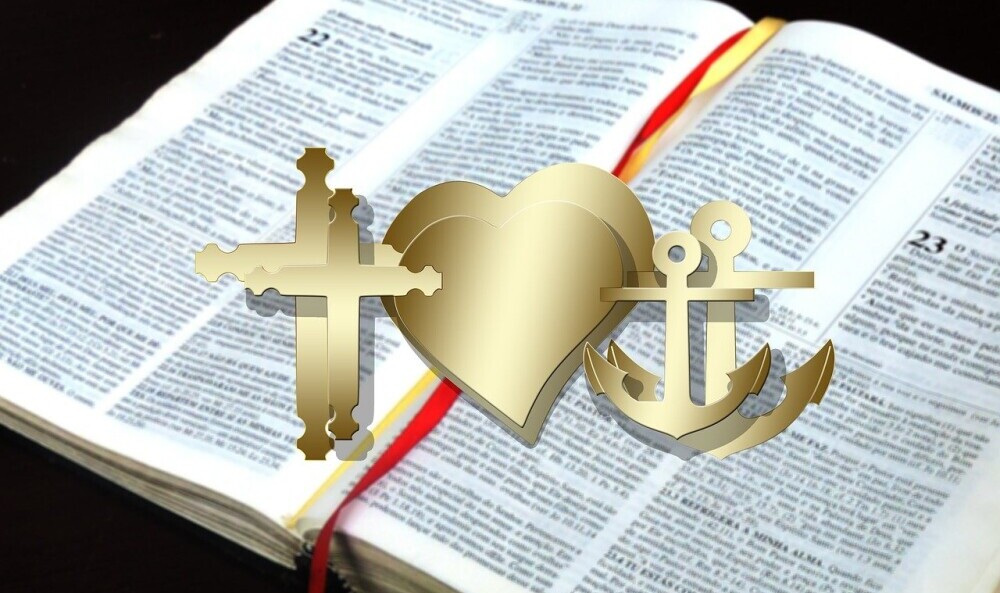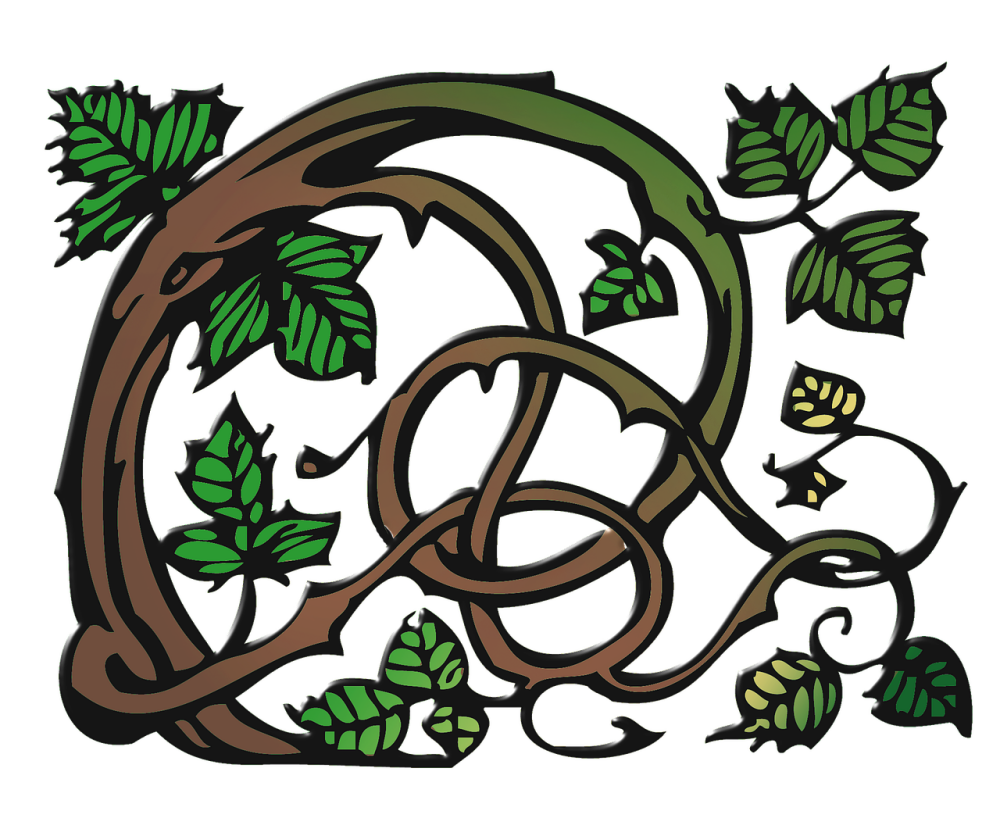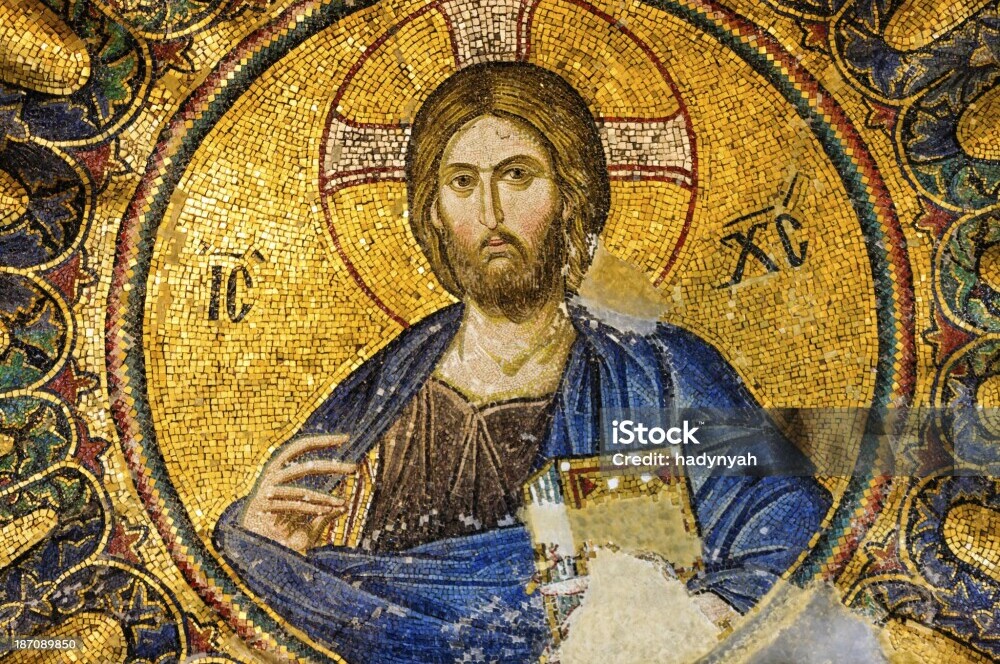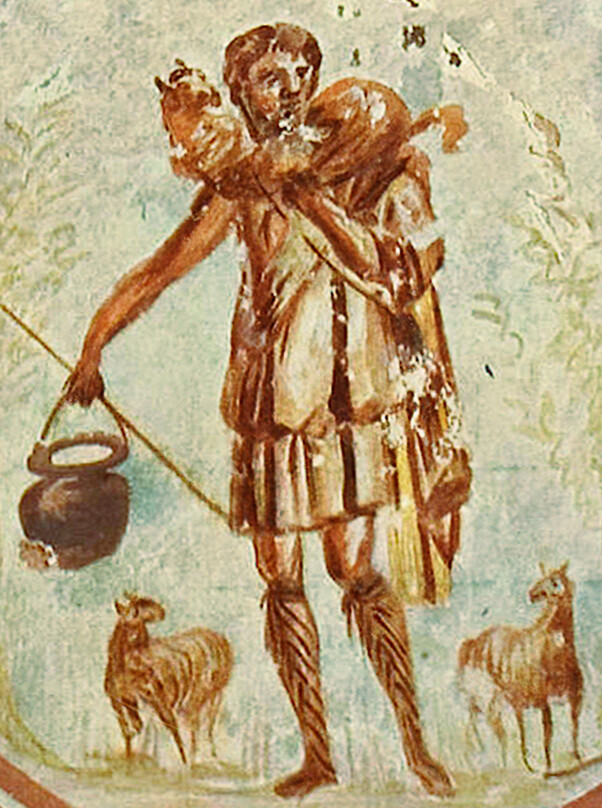
Today, let’s chat about something super cool: the secret language hidden in early Christian art! I mean, seriously, who knew that flickering candles in creepy underground tunnels could reveal such awesome stories? We’re talking about Christian artwork images here, and they’re not just pretty pictures; they’re like coded messages from the past!
Ever wonder what those drawings of a shepherd and a lamb, or a fish next to bread and wine, really meant? These weren’t just doodles. Early Christians faced some serious heat, so they turned everyday things into secret symbols of hope, comfort, and faith. Think of it like a secret handshake, but with artwork!
Imagine this: you can’t exactly shout “I believe in Jesus!” from the rooftops. So, you draw a fish. Bam! Instant connection with others in the know. That’s the power of symbolism in early Christian artwork images. These images weren’t just pretty; they taught important lessons, kept the community together, and turned old stories into something brand new.
It’s kind of mind-blowing, right? And guess what? Understanding these symbols totally unlocks a whole new level of appreciation for Christian history. Plus, it makes you look at worship and art today in a completely different way. Once you know the code, even the tiniest Christian artwork images can feel like a powerful prayer!
So, what’s the plan? We’re going to dive deep into this visual language, explore the meanings behind the key symbols, and see how they evolved from the dark catacombs to the dazzling mosaics of grand churches. Get ready to see how these images continue to impact faith and art today!
How Did This Symbolism Even Start?
Picture this: it’s the 2nd to 6th centuries. Christianity is still underground (literally, in some cases!). Christians needed a way to express their faith without, you know, getting thrown to the lions. So, they developed a visual shorthand. Instead of painting a portrait of Jesus (which was definitely not the way to go at that time), they used a fish. Simple, but effective!
A fish wasn’t just a fish; it was a subtle nod to faith, confession, and baptism. An anchor? That was a promise of hope. A shepherd? Care and rescue!
As Christianity gained acceptance after 313AD, these symbols moved out of the shadows and into the spotlight. Think bright Christian mosaics in huge basilicas! But even then, the secret language remained, adding layers of meaning to the grand artwork.
If you’d like to get a quick peek at some catacomb coolness, you can look at the Vatican’s guide to early symbols, like the fish, dove, and anchor. You can find it by searching for “The Christian Catacombs.” Or, for a visual treat, look at “Catacomb Paintings and Early Christian Symbolism.”
Why All the Secrecy?
Alright, let’s get real. Before 313AD, being Christian could be risky business. Persecution was a thing, so believers met in secret locations, like homes and cemeteries. Grand cathedrals? Not so much.
In the dim light of those catacombs, symbols were a safe way to communicate without drawing unwanted attention. A peacock meant immortality, a vine meant life in Christ, and a dove meant peace. Animals and plants were way less suspicious than, say, a portrait of Jesus.
 This clever use of symbolism also drew inspiration from Jewish traditions and even adapted some pagan symbols to give them new meaning. A shepherd wasn’t just a shepherd; he was Christ, the caretaker.
This clever use of symbolism also drew inspiration from Jewish traditions and even adapted some pagan symbols to give them new meaning. A shepherd wasn’t just a shepherd; he was Christ, the caretaker.
Imagine stumbling into the Catacomb of Priscilla and seeing a small fresco of the Good Shepherd carrying a lamb. In that quiet space, the symbolism in early Christian art felt like a whispered promise: “You’re not alone.”
Decoding the Key Symbols: What They Really Mean
Okay, so what were the VIP symbols of early Christian art? These were the images that held everything together, teaching, protecting, and welcoming believers from all walks of life. This is where the beauty of Christian artwork images really shines! Whether you were a traveler from Antioch or a widow in Rome, you could understand these signs and feel a sense of belonging.
These symbols weren’t just pretty pictures; they were core beliefs wrapped in simple forms, perfect for a lamp, a ring, or a tomb. The goal wasn’t just art for art’s sake, but truth expressed in a clear, concise way.
For a quick overview of Christian symbolism, just do a quick online search. But let’s focus on four of the most iconic symbols: the fish, the vine, the palm, and the anchor. These weren’t just decorations; they preached Jesus as Savior, and they continue to resonate with us today.
The Fish: More Than Just a Seafood Snack
The ichthys, or the simple outline of a fish, was like a secret handshake for early Christians. Each letter in the Greek word stood for “Iesous Christos Theou Yios Soter,” which translates to “Jesus Christ, Son of God, Savior.” That’s a whole lot of meaning packed into one little fish!
 Believers often learned this symbol near water, linking it to baptism, new birth, and the meal shared beside the shore. It was a sign of trust, a way to recognize fellow Christians in crowded streets or tense situations.
Believers often learned this symbol near water, linking it to baptism, new birth, and the meal shared beside the shore. It was a sign of trust, a way to recognize fellow Christians in crowded streets or tense situations.
Vines, Palms, and Anchors: Life, Victory, and Hope
Vines curling across catacomb walls weren’t just decorative. They symbolized Jesus’ words in John 15: “I am the true vine.” They represented the grace flowing into every believer, the joy of the Eucharist, and the unity of the church.
Palm branches, on the other hand, represented victory, not just in parades, but over death itself. They hailed Christ’s entry into Jerusalem and signaled the triumph of Easter.
And the anchor? It was a symbol of hope that stays put. Hebrews 6:19 describes hope as “an anchor for the soul, sure and steady.” In early Christian art, the anchor often hinted at the cross, adding another layer of meaning.
Stories like Jonah rising from the depths and Daniel stepping out of the lions’ den reinforced the message of hope and trust. Together, these symbols turned walls into a visual guide for unwavering faith, uniting strangers into a close-knit family.
Why Christian Mosaics Made Symbolism Shine
Now, imagine stepping into a 4th-century basilica. The light is incredible. Candles flicker, illuminating thousands of tiny glass pieces that catch every flame. Walls and domes glow like a sunrise. This is where symbolism in early Christian art truly came to life! These glorious Christian artwork images in mosaic form were inspiring.
Christian mosaic art became popular because it suited the new grand churches with their high ceilings and damp plaster. Stone and glass were durable, lasting far longer than paint. And the use of gold leaf created a warm, heavenly glow. Mosaics were a powerful way to preach to every eye.
The Magic of Mosaics: Light, Lasting, and Meaningful
Mosaics were crafted from tiny cubes of stone or glass called tesserae, which were pressed into wet mortar. Artists carefully arranged the glass at slight angles to create a shimmering effect. Gold-backed tesserae transformed walls into living fire, a visual representation of God’s presence.
In basilicas, the apse and triumphal arch became radiant stages, guiding worshipers toward the altar and shaping their prayers with color. Mosaics endured humidity, smoke, and time, making them perfect for large public spaces.
These shimmering Christian artwork images were perfect for public display! In low light, the glass still sparkled, creating a sense of wonder and awe. The blend of matter and spirit reflected the late antique belief that visible light could lead to the invisible realm.
Early mosaics in Roman cemeteries used clear, recognizable symbols. Even a simple fish or vine took on new life when set in glass, the light dancing across its curves.
Relief carvings, like the Sarcophagus of Junius Bassus, also contributed to the mosaic tradition. These intricate carvings told rich biblical stories in stone, demonstrating the power of visual storytelling. Eventually, those narrative instincts filled the apses and vaults of churches.
Constantinople’s Hagia Sophia became the ultimate expression of this vision. Its iconic mosaics of Christ and the Virgin, with their gold backgrounds and clear lines, seemed to emerge from the light itself.

But the true power of mosaics lay in their ability to endure. Paint faded, but mosaics remained. Under candlelight, glass transformed doctrine into radiance. Crowds learned Scripture through color and form. Stone and glass carried prayers to the roof, and the roof sent them back in light.
Conclusion: The Enduring Power of Symbolism
From the flickering lamplight of catacombs to the gold-lit apses of grand basilicas, the same quiet symbols continue to speak to us today. The shepherd, the fish, the vine, the palm, and the anchor still offer hope and teach us through light and color. The legacy of symbolism in early Christian artwork images is a bridge that connects ancient witness to our present faith.
So, I challenge you to let these images guide your week. Visit a museum and examine a mosaic or carving up close. Pay attention to the symbols you see in your own church.
Our faith grows when we understand what the first believers saw and why they chose such simple signs to express such profound truths. What symbol has resonated with you lately? Share your thoughts and continue to explore this fascinating story!
 Affiliate Disclosure
Affiliate Disclosure
Here’s a little transparency: Our website may contain affiliate links. This means if you click and make a purchase, we may receive a small commission. Don’t worry, there’s no extra cost to you. It’s a simple way you can support our mission to bring you quality affiliate marketing content.

